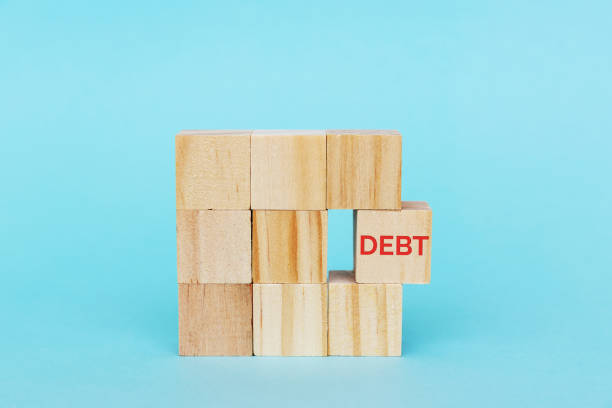 The installment loan, with its promise of predictable payments and a clear end date, presents itself as a responsible tool for managing large expenses. Yet, within the broader context of overextended personal debt, this familiar financial instrument can transform from a structured solution into a primary driver of financial entrapment. Its very structure and accessibility make it a dangerous mechanism for layering new debt upon old, creating a facade of control while deepening a borrower’s precarious situation.The allure is understandable. Unlike revolving credit, an installment loan offers a fixed timeline and a set monthly payment, providing psychological comfort and a clear path to being "debt-free." However, this apparent simplicity obscures its role in overextension. For individuals already struggling, a new installment loan becomes another fixed, non-negotiable monthly obligation competing for a finite income. It reduces financial flexibility, leaving less room for saving or weathering an unexpected emergency. Each new loan, whether for debt consolidation, a car, or a medical bill, increases the debt-to-income ratio, a key metric that signals strain to lenders and can trigger a downward spiral in creditworthiness.Furthermore, the evolution of loan terms has exacerbated this risk. To make larger purchases seem affordable, lenders have stretched repayment periods to unprecedented lengths, often extending to seven or even eight years for automobiles. This creates a perilous cycle of negative equity, where the borrower owes more than the asset is worth for most of the loan's term, locking them into a depreciating investment. The long-term nature of these commitments means a significant portion of future earnings is already pledged, stifling the ability to build wealth or invest for years to come.Consequently, the installment loan becomes a double-edged sword. It provides immediate capital but at the cost of long-term financial mobility. For the overextended, it is seldom a standalone problem but rather a compounding factor, adding a heavy, fixed weight to an already sinking ship. It demonstrates that even the most conventional forms of debt, when layered without restraint, can become a central component of a sustained and debilitating financial crisis.
The installment loan, with its promise of predictable payments and a clear end date, presents itself as a responsible tool for managing large expenses. Yet, within the broader context of overextended personal debt, this familiar financial instrument can transform from a structured solution into a primary driver of financial entrapment. Its very structure and accessibility make it a dangerous mechanism for layering new debt upon old, creating a facade of control while deepening a borrower’s precarious situation.The allure is understandable. Unlike revolving credit, an installment loan offers a fixed timeline and a set monthly payment, providing psychological comfort and a clear path to being "debt-free." However, this apparent simplicity obscures its role in overextension. For individuals already struggling, a new installment loan becomes another fixed, non-negotiable monthly obligation competing for a finite income. It reduces financial flexibility, leaving less room for saving or weathering an unexpected emergency. Each new loan, whether for debt consolidation, a car, or a medical bill, increases the debt-to-income ratio, a key metric that signals strain to lenders and can trigger a downward spiral in creditworthiness.Furthermore, the evolution of loan terms has exacerbated this risk. To make larger purchases seem affordable, lenders have stretched repayment periods to unprecedented lengths, often extending to seven or even eight years for automobiles. This creates a perilous cycle of negative equity, where the borrower owes more than the asset is worth for most of the loan's term, locking them into a depreciating investment. The long-term nature of these commitments means a significant portion of future earnings is already pledged, stifling the ability to build wealth or invest for years to come.Consequently, the installment loan becomes a double-edged sword. It provides immediate capital but at the cost of long-term financial mobility. For the overextended, it is seldom a standalone problem but rather a compounding factor, adding a heavy, fixed weight to an already sinking ship. It demonstrates that even the most conventional forms of debt, when layered without restraint, can become a central component of a sustained and debilitating financial crisis.
Programs are usually temporary, lasting from 3 to 12 months. Some may be extended if the hardship persists, but this is not guaranteed.
This varies by state and the type of debt, typically ranging from 3 to 6 years. It is crucial to know your state's laws, as this time limit is different from the 7-year credit reporting period.
Yes, but providers typically require multiple notices and must follow state regulations. Shut-offs are often a last resort, especially for essential services like electricity or water.
Federal benefits like Social Security, disability, and veterans' benefits are generally protected from garnishment by private creditors, though there are exceptions for federal debts like taxes or student loans.
Use agencies approved by the National Foundation for Credit Counseling (NFCC) or the Financial Counseling Association of America (FCAA). Avoid debt settlement companies that charge high fees and make unrealistic promises.